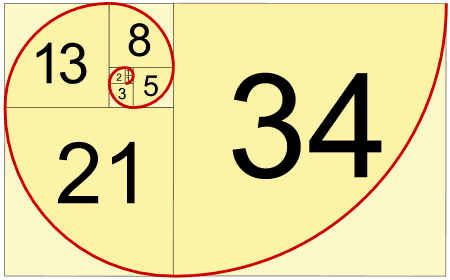 |
| A Triangular Number Sequence Imagecredit: Math is Fun.com |
And indeed, technically you may be correct. But think for a second about what makes this sequence so simple. All you do is add two consecutive numbers in the sequence to find the next number. That's pretty simple, right?
The Fibonacci Sequence (the real one) begins with the numbers 1 and 1. From there, 1+ 1 =2, 1 + 2 = 3, and so on.
 |
| A Pentagonal Number Sequence Image credit: astarmathsandphysics.uk |
What I would like you to do is to pick two different numbers to start your sequence. They can be the same numbe
r twice, just like Fibonacci did. Something like 2, 2, perhaps. Or they can be different numbers. Maybe 2, 3. Or you could pick two totally outlandish numbers, like -5 and 7.
It doesn't matter which two you pick. What's most important is that you figure out how to produce the next values in the sequence and then go exploring to see what the sequence holds in store.
Some questions to ponder:
 |
| A Hexagonal Number Sequence, of sorts Imagecredit: drking.org.ca |
- What common ratio does your sequence eventually lead to? The Fibonacci Sequence leads to 'phi', or approximately 1.618, which is often called the Golden Ratio. Does your sequence approach a similarly small value? Is it close to 'phi'?
- Is there any way to create a sequence of numbers that eventually matches the original Fibonacci numbers, if not all, at least some?
- Is it possible to produce a spiral like the one the Fibonacci Sequence produces that could possibly be mirrored in nature?
This is the time to use your creativity and see where it takes you. Who knows? Maybe you could tell a story like Fibonacci did about rabbits that leads to a powerful new number pattern. And then, just maybe, in another thousand years (or less) math students of the future could find themselves studying the (Your Name Here) Sequence.
Good luck - good math!
-Tom Robinson
 |
| Pascal's Triangle (Stay tuned for Pascal's Orchard!) Image credit: MtDouglas.ca |
Here is a link to a Math Is Fun site that explores other number sequences you may be interested in. They are not Fibonacci sequences, but might be fun to discover on your own.

